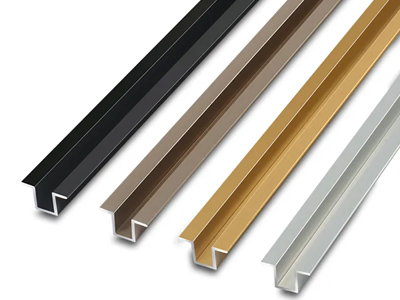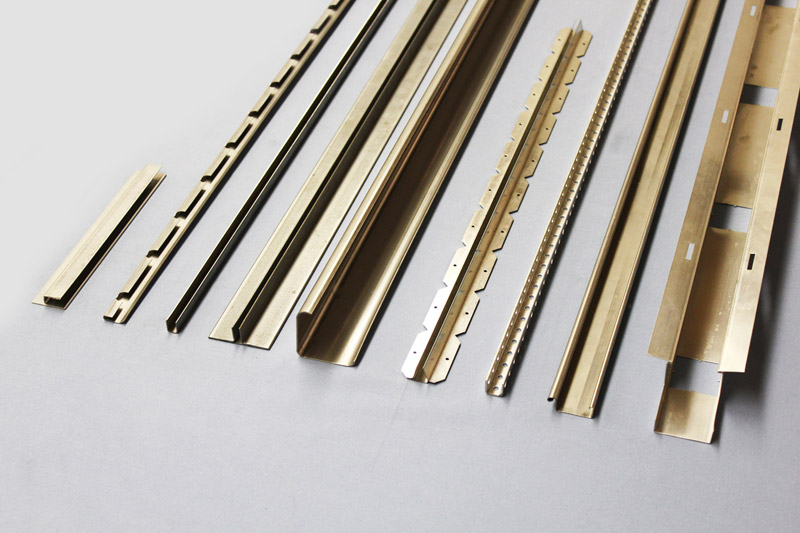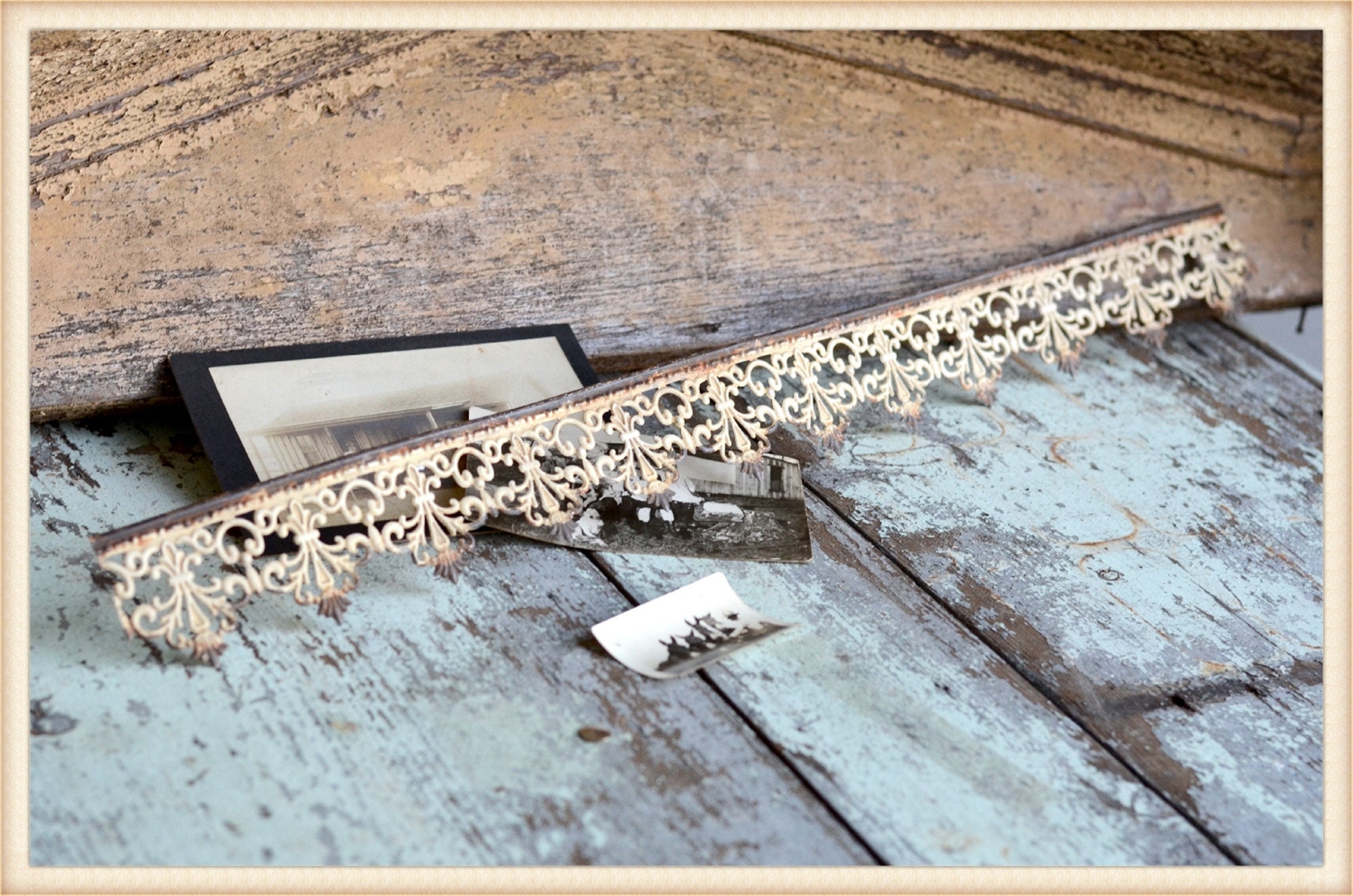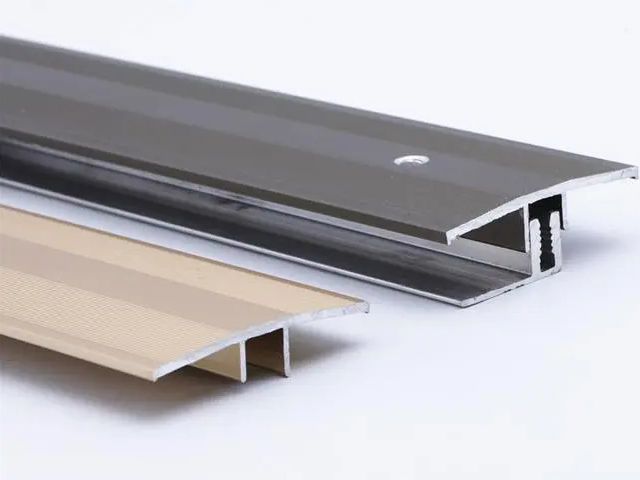Introduction to Decorative Metal Trim Strips
Decorative metal trim strips are more than just functional elements; they are a cornerstone of aesthetics in home improvement. Having used these elegant strips in my own renovations, I can personally attest to their ability to transform ordinary spaces into extraordinary ones. In this detailed guide, we’ll explore the various types of decorative metal trim strips, their applications, and how they can add both character and value to your home.
Types of Decorative Metal Trim Strips
Understanding the different types of decorative metal trim strips available can help you choose the right product for your needs. Here’s a breakdown of some common types:
1. Aluminum Trim Strips
Aluminum trim strips are lightweight, durable, and resistant to corrosion, making them perfect for both indoor and outdoor use. They come in a variety of finishes, including brushed, polished, and anodized, allowing for flexibility in design.
2. Stainless Steel Trim Strips
Stainless steel trim strips offer a sleek and modern look. Known for their strength and resistance to rust, they are ideal for kitchens and bathrooms. The reflective surface can enhance lighting and make spaces appear larger.
3. Brass Trim Strips
Brass trim strips add a touch of vintage charm and elegance to any space. Their warm tones work wonderfully in traditional settings, and like other metal trims, they are highly durable.
4. Copper Trim Strips
Copper trim strips provide a unique, rustic appeal and can develop a beautiful patina over time. They are particularly favored in vintage and farmhouse-style decor.

Quick Comparison Table: Types of Metal Trim Strips
| Metal Type | Durability | Corrosion Resistance | Best Uses |
|---|---|---|---|
| Aluminum | High | Excellent | Indoor/Outdoor |
| Stainless Steel | Very High | Excellent | Kitchen/Bathroom |
| Brass | Moderate | Good | Traditional Decor |
| Copper | High | Moderate | Rustic Decor |
Applications of Decorative Metal Trim Strips
Decorative metal trim strips can be used in a multitude of settings. Here are some creative applications where these trims shine:
1. Flooring Edges
Metal trim strips are commonly used to create clean transitions between different types of flooring. They not only protect the edges from wear but also add a polished look to the floor.

2. Wall Borders
Installing metal trim strips along the top or bottom of walls can serve as a decorative border that enhances the visual interest of the space.
3. Backsplashes
In kitchens and bathrooms, trim strips can be used as borders for tile backsplashes, providing a finished look and ensuring tiles are neatly aligned.

4. Furniture Accents
Consider using trim strips on furniture, such as bookshelves or cabinets, to add a unique detail that elevates the entire piece.
5. Art Installations
If you’re feeling creative, trim strips can even be used in art installations or DIY projects, allowing your personality to shine through.

Benefits of Using Decorative Metal Trim Strips
So why invest in decorative metal trim strips? Here are some compelling reasons:
1. Aesthetic Appeal
Metal trim strips offer sleek, contemporary designs that can elevate the look of any space.
2. Durability
Unlike wood or plastic trims, metal strips are resistant to warping, splitting, or fading, ensuring your home always looks its best.

3. Easy Maintenance
Cleaning metal trims is a breeze; a simple wipe down with a damp cloth will keep them looking like new.
4. Versatility
These trims work beautifully in any space—be it residential or commercial—and can complement a wide range of design styles.

Installation Guide for Decorative Metal Trim Strips
Installing decorative metal trim strips can be a straightforward DIY project, but it’s essential to approach it with the proper guidelines. Here’s a step-by-step guide:
1. Gather Your Tools
- Measuring tape
- Level
- Utility knife or saw
- Adhesive or screws (depending on the type of trim)
- Safety goggles
2. Measure and Cut
Measure the area where you’ll be installing the trim. Cut the metal trim strips to the desired length, using a saw or utility knife, and always remember to wear safety goggles!

3. Mark the Installation Line
Using a level, mark a straight line on the wall or floor where the trim will be placed. This step is crucial for ensuring a clean and professional look.
4. Attach the Trim Strip
Depending on your choice of adhesive or screws, apply the trim in place. Ensure it is firmly attached and aligned with your markings.
5. Clean Up
Once installed, check for any excess adhesive and clean it up immediately. Admire your work and enjoy the newly enhanced space!
Pros and Cons of Decorative Metal Trim Strips
Like any product, decorative metal trim strips have their pros and cons. Here’s what to consider:
Pros
- Long-lasting and durable.
- Luxurious appearance that elevates decor.
- Available in various styles and finishes.
- Easy maintenance.
- Suitable for indoor and outdoor use.
Cons
- Can be more expensive than plastic or wood alternatives.
- Some types may be prone to scratching.
- Installation might require specific tools if opting for a custom fit.
Frequently Asked Questions (FAQs)
1. What are decorative metal trim strips made of?
Decorative metal trim strips can be made from various metals, including aluminum, stainless steel, brass, and copper, each offering unique aesthetics and functionalities.
2. Where can I use metal trim strips?
Metal trim strips can be used in flooring, wall edges, backsplashes, as furniture accents, or even in unique art installations.
3. Are metal trim strips easy to install?
Yes! With the proper tools and techniques, installing metal trim strips can be a straightforward DIY project.
4. Can I paint my metal trim strips?
While some metals can be painted, it’s essential to use paint designed for metal surfaces to ensure a lasting finish.
5. How do I clean and maintain metal trim strips?
Simply wipe them down with a damp cloth. For tougher stains, a mild cleaner can be used to keep them looking new.
Conclusion: The Transformative Power of Decorative Metal Trim Strips
Incorporating decorative metal trim strips into your home doesn’t just serve a functional purpose; it enhances your space’s character and style. Whether you’re looking to create a modern kitchen, a rustic living room, or a sleek office, these strips offer the versatility and beauty you need. From my experience, investing in quality metal trim strips is one of the best decisions you’ll make for your home.
So head to your nearest home improvement store or online retailer, and start planning your next project. Your home deserves it!